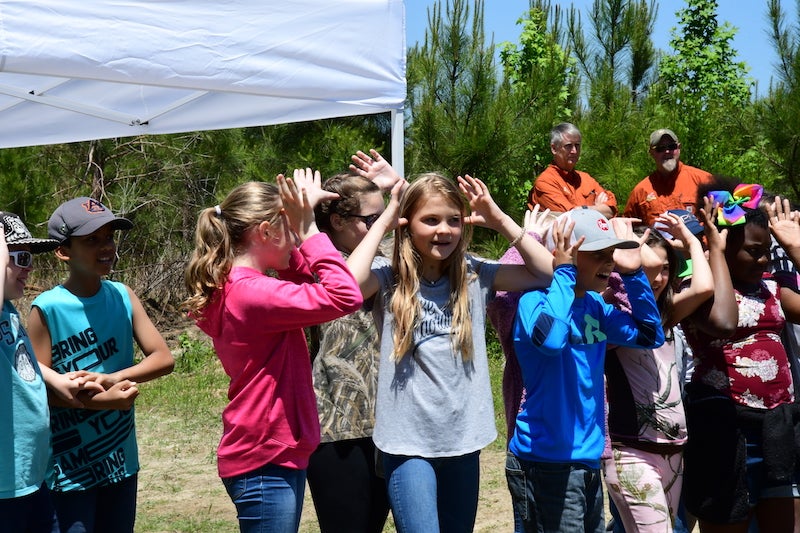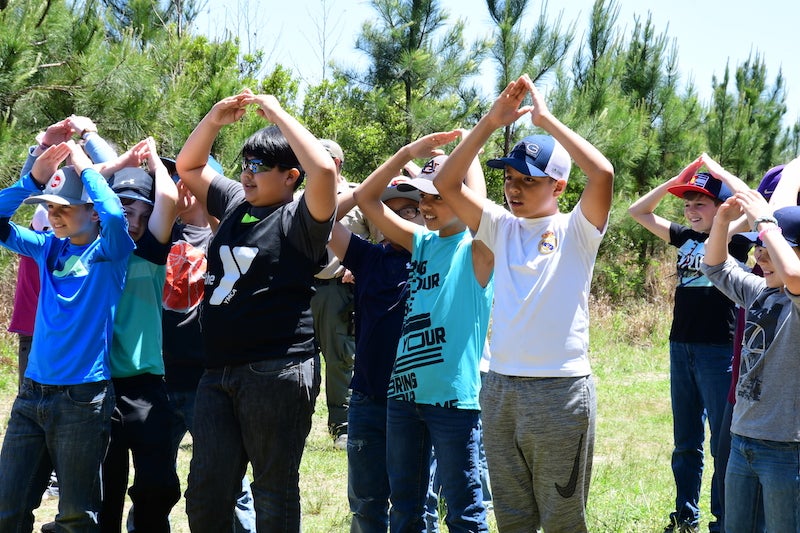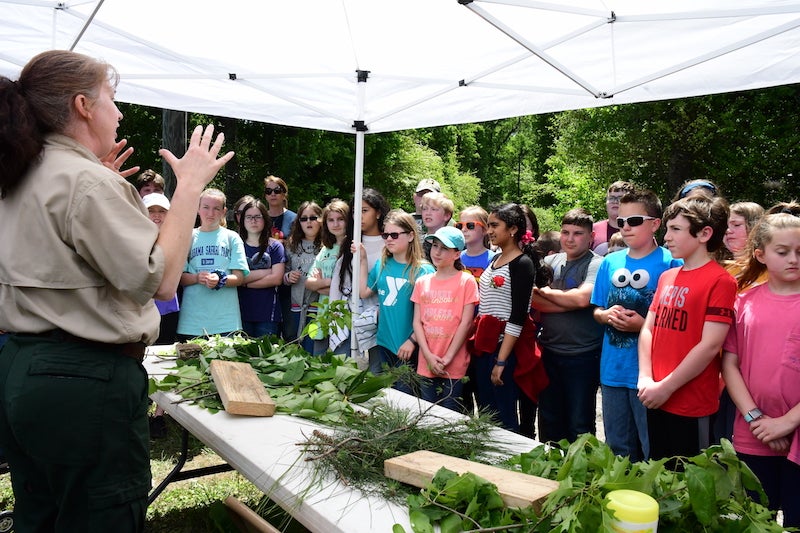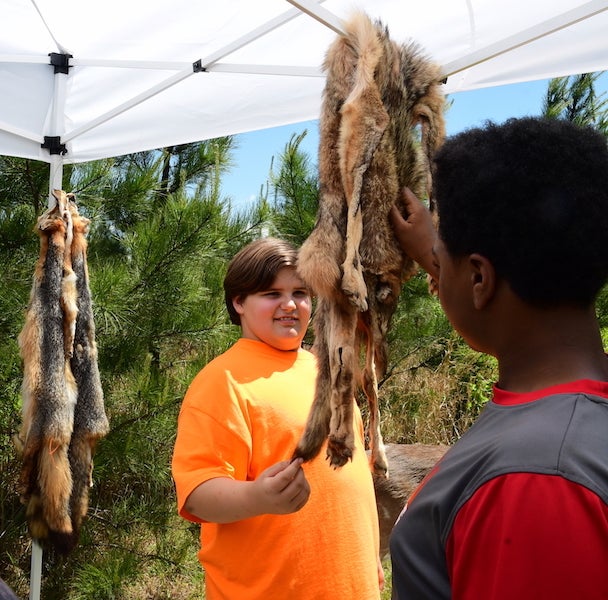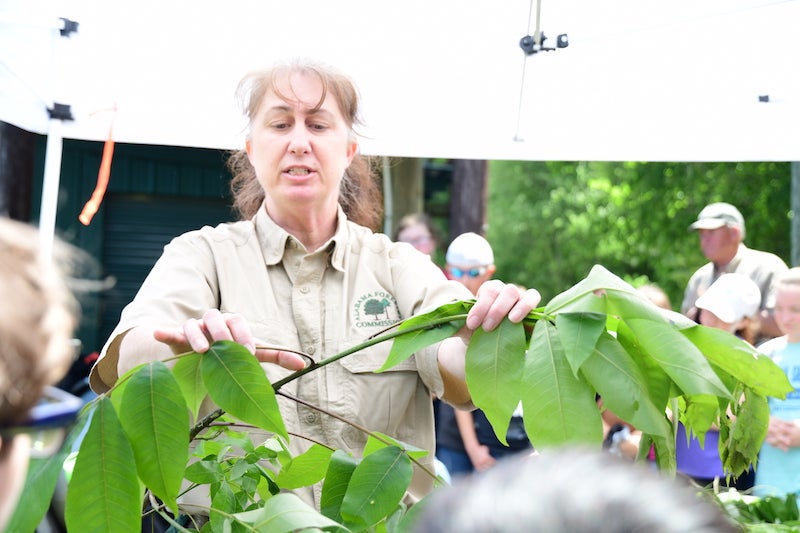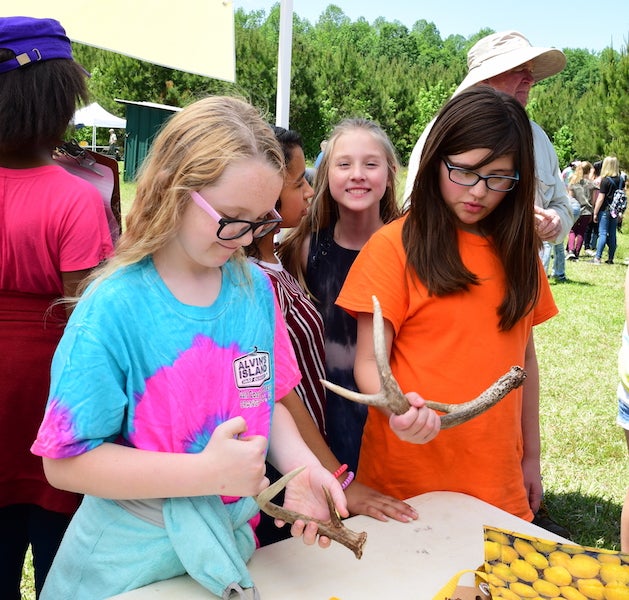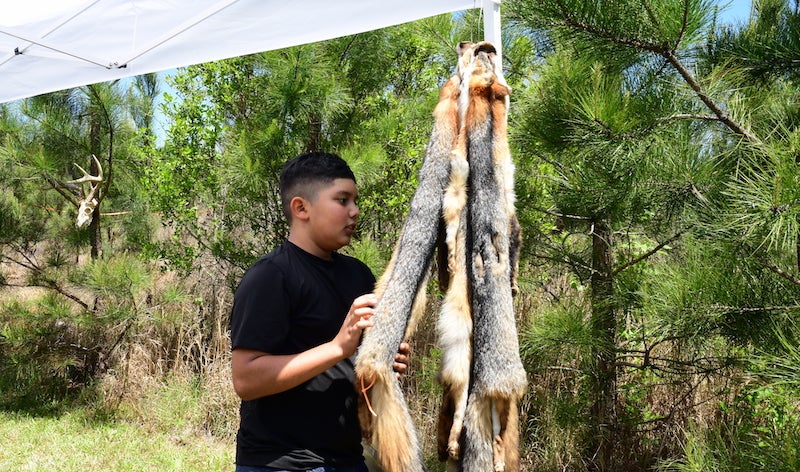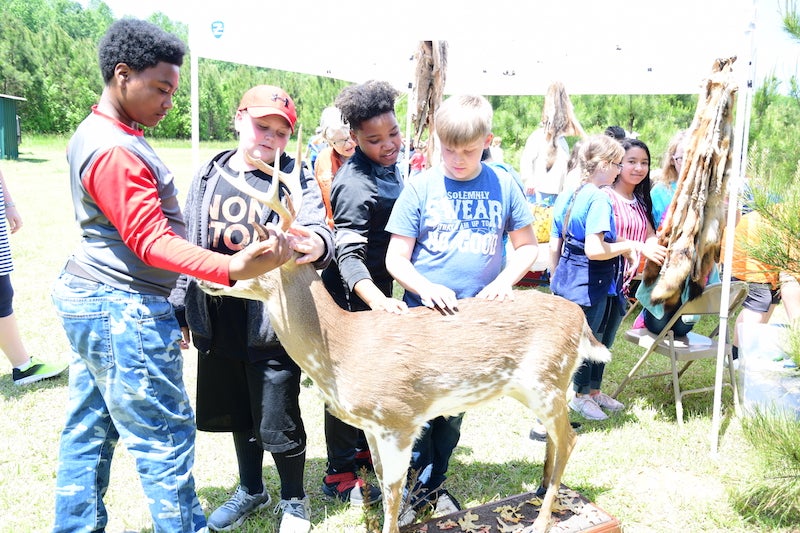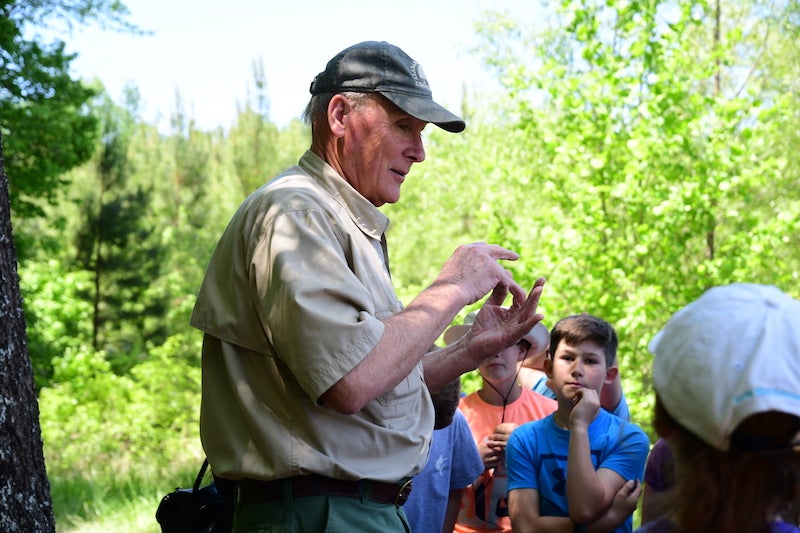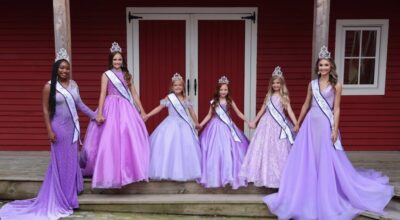Students enjoy ‘Classroom in the Forest’ event
Published 11:48 am Monday, April 29, 2019
By JOYANNA LOVE/ Senior Staff Writer
Clanton Intermediate School fifth-grade students attended the afternoon session of “Classroom in the Forest,” hosted by the Chilton Natural Resource Council on April 26. Students from Maplesville and Verbena had attended the morning session of the event.
Personnel from the Alabama Forestry Commission, Master Gardeners and the Chilton County Extension Office ran activity stations telling students about different aspects of the forest.
Brian Smith of the Alabama Forestry Commission and Gay West of the Chilton County Extension Office greeted students as they arrived.
“You are going to be learning about wildlife and how it needs food, water and shelter and what that looks like,” Smith said.
He also gave an overview of other activities such as learning to identify the types of trees found in Chilton County.
“We have a really fun day with a lot of exciting things planned for you,” Smith said.
Smith also encouraged students to ask questions about the presentations.
West said the event has been held at three different locations in the past five years.
She said “promoting stewardship to youth” was her favorite part of the event.
“One of the things that we want to promote is the stewardship that different owners have carried out on their property, whether it is planting long-leaf pine or thinning, etc.,” West said.
Brigetta Giles of the Alabama Forestry Commission showed students how do identify types of trees based on leaf shape and arrangement on the branch.
“We have such huge diversity in Alabama,” Giles said. “Up in sorth Alabama, you are in the foothills of the Appalachian Mountains. If you drive south, you … have the beach and a lot of sand. It is very dry down there, so they have different kinds of trees.”
Giles said there are more than 300 types of trees in the state.
She showed students how to determine if a tree had compound leaves (with many leaflets) or simple leaves by finding the leaf bud. She said trees leaves grow in either an alternate or opposite pattern.
“We only have three really common trees in Chilton County and Alabama that come out at opposite,” Giles said.
These are Maples, Ash and Dogwood.
Students also learned about the need for trees to have space to have enough nutrients at the “Everything Needs Space” station.
At another station, students participated in a scavenger hunt of sorts when they tried to spot all of the living things in the area. (A few animals that had been stuffed also counted.)
The students also learned about being “good stewards of land” and respecting private property, Master Gardener Pat Farmer said.
CIS student Jessica Rogers said she enjoyed “trying to find all of the different animals we could find,” including an owl, butterfly, ladybug and a duck.
CIS student Bryan Scarbrough said he enjoyed seeing the coyote skins at this station. He said he learned that people “sold the coyote skins and got a lot of money for them.”
He also enjoyed learning about the trees at the “Tree ID” station.
Leaders stressed the importance of getting permission before going onto someone else’s property.
At the “Oh Deer” station, students learned about negative impacts of shrinking habitat on wildlife. Students played a game in which some students were deer and some were habitat to illustrate how a larger habitat is needed as deer populations increase.
Tanner Hunter, intern with the Chilton County Extension Office, shared a bit about the dangers of touching wild animals because they can spread rabies. He said bats and raccoons are the most likely to spread the disease.
“They can pass it on to any mammal,” Hunter said.
Dogs can also spread it, so it is always a concern if someone gets bit by a dog they do not know has been treated for rabies, Hunter said.


